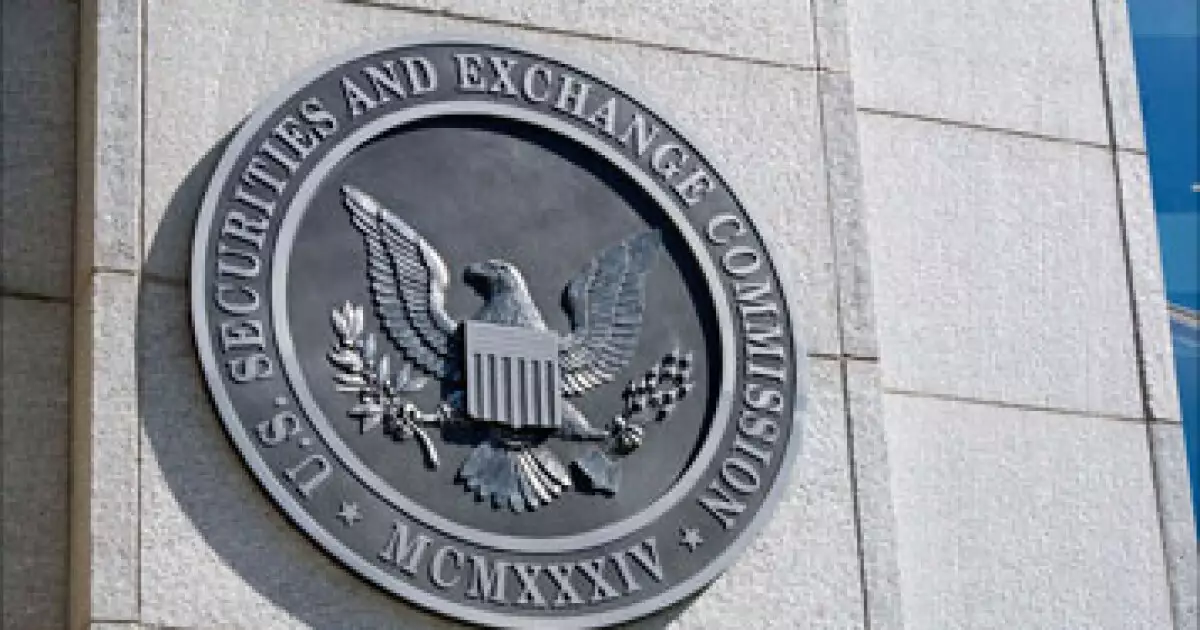In recent remarks made at The Bond Buyer California Public Finance conference, Dave Sanchez, the head of the Securities and Exchange Commission (SEC) Office of Municipal Securities, underscored an alarming trend regarding new-issue pricing in municipal finance. As established in the SEC’s 2025 exam priorities, there is a heightened focus on municipal advisors and broker-dealers. This emphasis hinges on the legal and ethical responsibilities that these market participants have, particularly concerning the pricing and structuring of new securities. Advisors must now recognize that if they do not engage in evaluating pricing, they are mandated to transparently disclose this fact to their clients. The SEC’s renewed scrutiny aims to safeguard fair practices in a sector that has faced criticism for inconsistencies and potential financial detriment to issuers.
Existing Regulatory Framework and Recent Findings
Sanchez’s emphasis on pricing examination did not indicate the emergence of new regulations; rather, it highlighted the existing framework under the Municipal Securities Rulemaking Board (MSRB) rules G-17 and G-42. He expressed concern over an average underpricing of 25-35 basis points, which adversely affects issuers, distorting the natural mechanisms of a fair and orderly market. Following up on the MSRB’s 2022 guidance, this reiteration reflects a structured approach by the SEC to ensure that the market adheres to established norms and maintains transparency. The SEC seems to imply a proactive stance, likening their expectations to tidying one’s home before an inspection—encouraging market participants to prepare themselves for the inevitable scrutiny.
In order to enhance new-issue pricing protocols, Sanchez stressed the significance of contextualizing new issues among comparable deals. He advocated for a thorough analysis of secondary market performance, emphasizing that assessing pricing should extend beyond historical scales. Tools such as Solve’s DIVER Scale Viewer and Scale Writer can facilitate access to crucial data necessary for making informed decisions. Furthermore, he pointed to the MSRB’s Electronic Municipal Market Access (EMMA) as a resource for secondary market data, reinforcing the argument that understanding how newly issued bonds trade shortly after pricing can yield insightful correlation patterns and comparative data. This richer analysis would better inform advisors and issuers alike in achieving justifiable and competitive pricing.
During the conference, Sanchez also delved into the methodologies of sale, referencing a recent Oregon Department of Administrative Services study which evaluated competitive versus negotiated sales. The preliminary findings highlighted potential drawbacks to negotiated sales, suggesting that they may yield less favorable pricing. This sparked debates among attendees about the optimal methods for selling municipal bonds, reflecting a growing desire among finance professionals to reassess and enhance the effectiveness of their bidding strategies. Such dialogue encourages a more dynamic marketplace, enabling participants to learn from one another while improving the overall integrity of municipal financing practices.
As the SEC heightens its focus on new-issue pricing, it becomes crucial for municipal advisors and broker-dealers to prepare for closer examination of their practices. The collective call for enhanced pricing methodologies and a robust understanding of market dynamics is not merely procedural; it is a pivotal step toward fostering a more trustworthy and efficient marketplace. The onus now lies with all market participants to ensure compliance and embrace this shift toward greater accountability.

